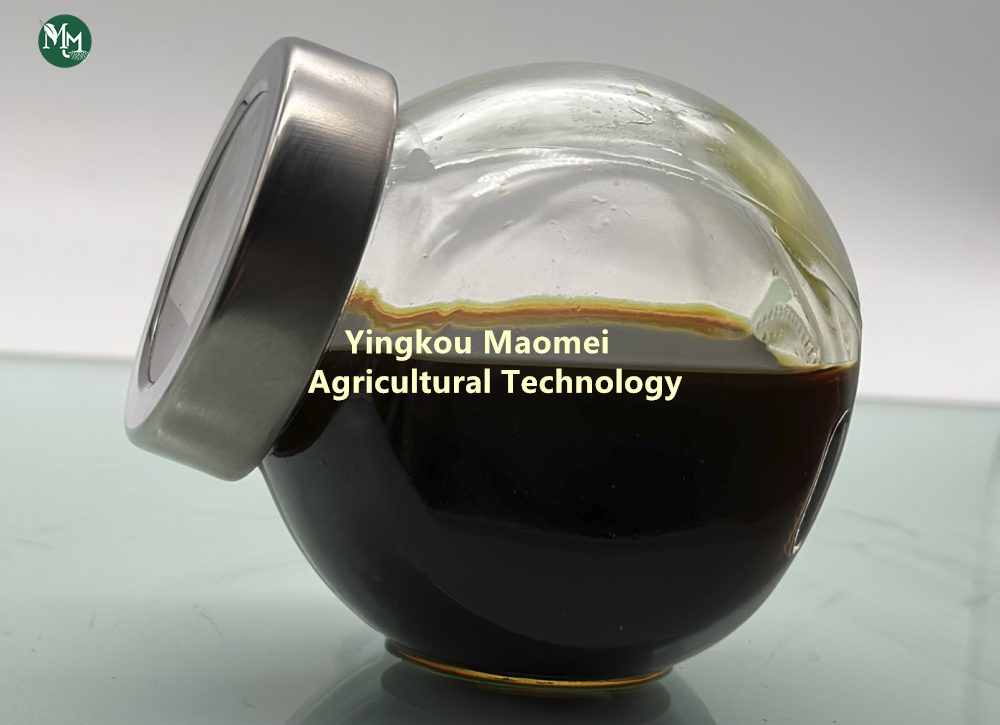Amino acids exist in fertilizers as the smallest molecules that make up proteins, and are easily absorbed by crops; they also have the function of improving the disease resistance of fertilized objects and improving the quality of fertilized crops. Humic acid is a “natural accumulation” organic fertilizer with the highest organic matter content and the best correlation effect. It is not only a soil improver but also a synergist and slow-release agent for chemical fertilizers.
Magnesium Agricultural Technology uses free amino acids, quick-acting nitrogen, phosphorus and potassium, water-soluble humic acid, trace elements zinc, manganese, boron, iron, and organic matter as raw materials, and adopts advanced chelation technology to refine amino acid water-soluble fertilizers and humic acid water-soluble fertilizers. The product specially adds synergistic factors suitable for crop growth, does not contain hormones, is non-toxic and harmless to crops, has balanced nutrition, good water solubility, efficient absorption, and high nutrient utilization rate. No hormone, no residue, non-toxic and harmless to crops.
Features:
1. Promote crop photosynthesis, accelerate nutrient synthesis, early maturity, prevent premature aging, increase crop yield, and improve the quality of agricultural products.
2. Effectively prevent crop deficiency caused by trace elements of zinc, manganese, boron and iron.
3. It has a better mitigation effect on the damage caused by improper use of pesticides and chemical fertilizers.
Recommendations:
Foliar spraying: It is recommended to use 40mL of this product mixed with 25kg of water per mu in the seedling stage of crops; in the middle and late stages of crops, use 80mL of this product mixed with 30-50kg of water each time per mu, and the effect is better if it is used continuously for 2-3 times. -10 days. Can be mixed with most acid pesticides.
How to use water soluble fertilizer correctly:
1. Spray irrigation. Spray irrigation is suitable for plain areas and covers a wide area. It not only replenishes soil moisture but also increases soil nutrient content. Spraying is more suitable for some foliar fertilizers.
2. Fertilization, water-soluble fertilizers containing a large number of elements, water-soluble fertilizers containing humic acid, etc. can be used for flushing, which is very common in greenhouse planting. In the middle and later stages of crops, due to the inconvenience of fertilization and the inability to quickly exert fertilizer effects, direct fertilization is used. Irrigate the fertilizer and water around the roots of the crops, and the nutrients will be directly absorbed by the roots of the plants as the water penetrates.
3. Drip irrigation, drip irrigation and fertilization are the most common in arid areas such as Xinjiang in my country. Drip irrigation not only saves water, but also has a higher rate of fertilizer absorption and utilization.


